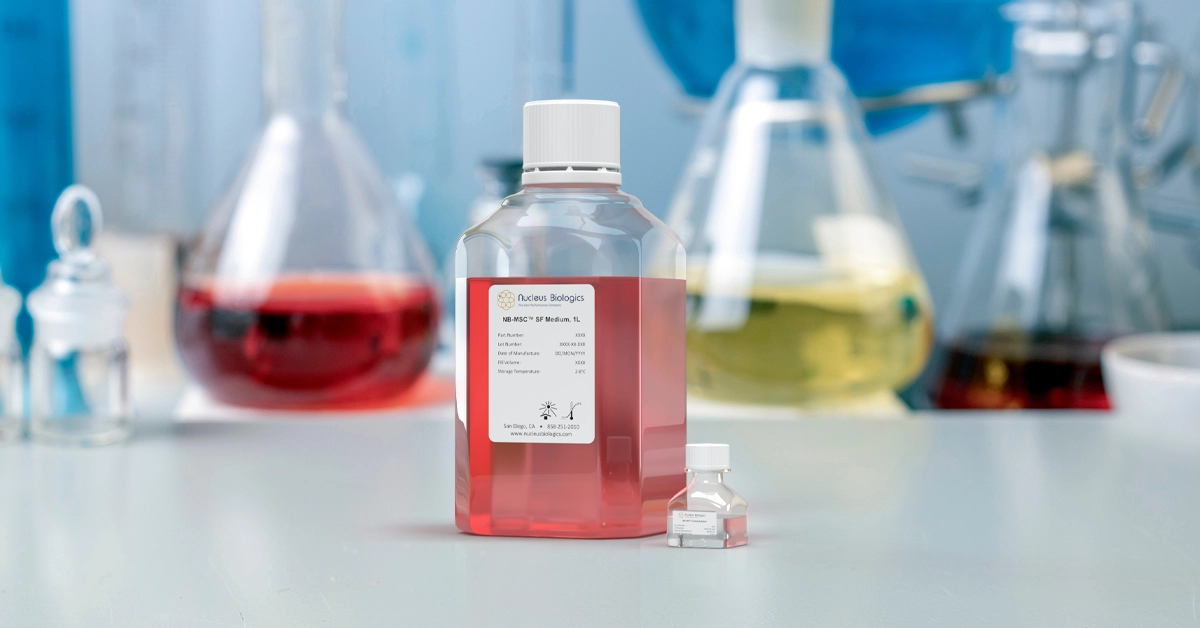Today’s scientists are designing tomorrow’s cell and gene therapies; improved efficacy and better safety profiles are just the start.
CAR-T cell technology made a splash with its impressive debut onto the cancer immunotherapy scene just a few short years ago. Today, the field is still in its infancy with only CD19-targeted agents in routine clinical practice. But technology can advance quickly when the need is great, and while only a few CAR-T therapies are currently approved, literally hundreds are being evaluated in clinical trials.
The new generation of cell-based medicines, and CAR-T therapy specifically, aims to embrace several improvements at once. Safety and efficacy, naturally, are at the top of the list of improvements, but researchers are also striving to incorporate strategies that will make cellular therapies robust enough to benefit a wider population of patients.
One of the primary methods of improving efficacy is to ensure that your raw material source is rich in the cell subtype and phenotype population with the required cellular attributes. Since cells are responsive to their environment, custom culture media formulation can play a critical role in enhancing activation and proliferation of desired target cell types. Bioactive media components, when present in growth media at an optimal concentration, stimulate cell signaling cascades that favor proliferation of one phenotype over another. For example, the use of Vitronectin XFTM has been shown to support faster, more efficient differentiation of human pluripotent stem cells into RPE cells.[1] Other studies have shown that inclusion of an optimal concentration of cytokine IL-21 in culture media improves T cell transfection efficiency, and by extension, CAR-T cell cytotoxicity.[2] Media potency also matters. Cell culture media components degrade over time, primarily due to light exposure, but also due to inadvertent exposure to non-optimal temperatures or repeated freeze-thaw cycles. This problem can be circumvented, of course, by using Nucleus Biologics’ KrakatoaTM, our state-of-the-art cell culture media maker that enables on-site production of fresh custom media.
The addition or deletion of specific nutrients in cell culture media can be used to sustain cell health, viability, and duration of functionality. Concurrent with customized cell culture media formulation, engineering innovations such as construct design and delivery strategies are being used to improve CAR-T cell safety and efficacy.
One of the most sought-after goals in the CAR-T field is to be able to redirect T cells to highly specific disease targets while sparing healthy cells. Approved therapies have focused on CD19, an antigen found primarily on the surface of cancer cells. This strategy is highly successful when dealing with B cell lymphoma and leukemia. Unfortunately, that success has not translated to the treatment of solid tumors, where malignant cells can “hide” within a hostile microenvironment that suppresses immune cell function and limits infiltration.
Researchers hope to overcome these barriers to CAR-T cell efficacy with the next generation of T cell therapies. To this end, a new array of tactics are being incorporated into CAR-T cell construct design and implementation.
Understanding that cells can naturally migrate and localize to specific tissues, scientists hope to equip the next generation of CAR-T cells with molecules that recognize tissue-specific biomarkers. The ability to engineer tissue- and/or disease-specific targeting would allow for lower doses of CAR-Ts to be used, reducing the risk of both off-target effects and an overreactive immune response. A research group in Shanghai, for example, recently used a CAR cellular library to enrich for avidity to specific cell membrane antigens in order to produce CAR-Ts with minimal off-tumor effects[3].
TRUCKs, or “T cells redirected for antigen-unrestricted cytokine-initiated killing” combine the direct anti-tumor attack of cytotoxic T cells with immune modulation. The primary tactic employed by TRUCK therapy is to use secreted cytokines to modulate the tumor microenvironment. In addition to being modified to express a tumor cell targeting T cell receptor (TCR), cytotoxic T cells are engineered to release specific cytokines once they engage their target. Localized delivery of IL-12, IL-18, and other pro-inflammatory cytokines induces a strong inflammatory reaction that leads to a much more potent anti-tumor response than would otherwise be achievable.
Dual targeting is yet another method by which scientists hope to improve CAR-T cell therapies. Since relapse after CAR-T treatment is primarily due to targeting antigen loss or de-regulation, CAR-T cells that simultaneously target two tumor-associated antigens at once can potentially result in more efficient anti-tumor effects. Results from a stage 1 clinical study[4] completed in May 2020 suggest this will be a promising approach, and several different dual-targeting clinical trials are currently underway.
A similar tactic uses synthetic regulatory circuits to enhance and regulate CAR activity. For example, one developer used chimeric cytokine receptors to turn immune suppressive signals into activation signals[5]. Since the receptor is only activated in the tumor microenvironment, this strategy also helps limit off-target effects.
Next-generation CAR-T cell design employs a variety of approaches scientists hope will lead to more effective, safer, and more widely applicable treatments. Precision media formulation that enhances the critical quality attributes of therapeutic cell types ensures CGT therapies are optimally functional, giving patients an even better chance of a successful outcome.
To learn more about Nucleus Biologics’ precision cell culture media, check out our website today!
References
- Limnios, I.J., Chau, YQ., Skabo, S.J. et al. Efficient differentiation of human embryonic stem cells to retinal pigment epithelium under defined conditions. Stem Cell Res Ther 12, 248 (2021). Doi: 10.1186/s13287-021-02316-7.
- Du L, Nai Y, Shen M, et al. IL-21 Optimizes the CAR-T Cell Preparation Through Improving Lentivirus Mediated Transfection Efficiency of T Cells and Enhancing CAR-T Cell Cytotoxic Activities. Front Mol Biosci. 8:675179. (2021). Published 2021 Jun 4. Doi:10.3389/fmolb.2021.675179
- Ma P, Ren P, Zhang C, et al. Avidity-Based Selection of Tissue-Specific CAR-T Cells from a Combinatorial Cellular Library of CARs. Adv Sci (Weinh) 8(6):2003091 (2021). Published 2021 Jan 29. doi:10.1002/advs.202003091
- Cordoba, S., Onuoha, S., Thomas, S. et al. CAR T cells with dual targeting of CD19 and CD22 in pediatric and young adult patients with relapsed or refractory B cell acute lymphoblastic leukemia: a phase 1 trial. Nat Med 27, 1797–1805 (2021). Doi: 10.1038/s41591-021-01497-1
- Sukumaran S, Watanabe N, Bajgain P, et al. Enhancing the Potency and Specificity of Engineered T Cells for Cancer Treatment. Cancer Discov. 8:972–87 (2018). Doi: 10.1158/2159-8290.CD-17-1298.




